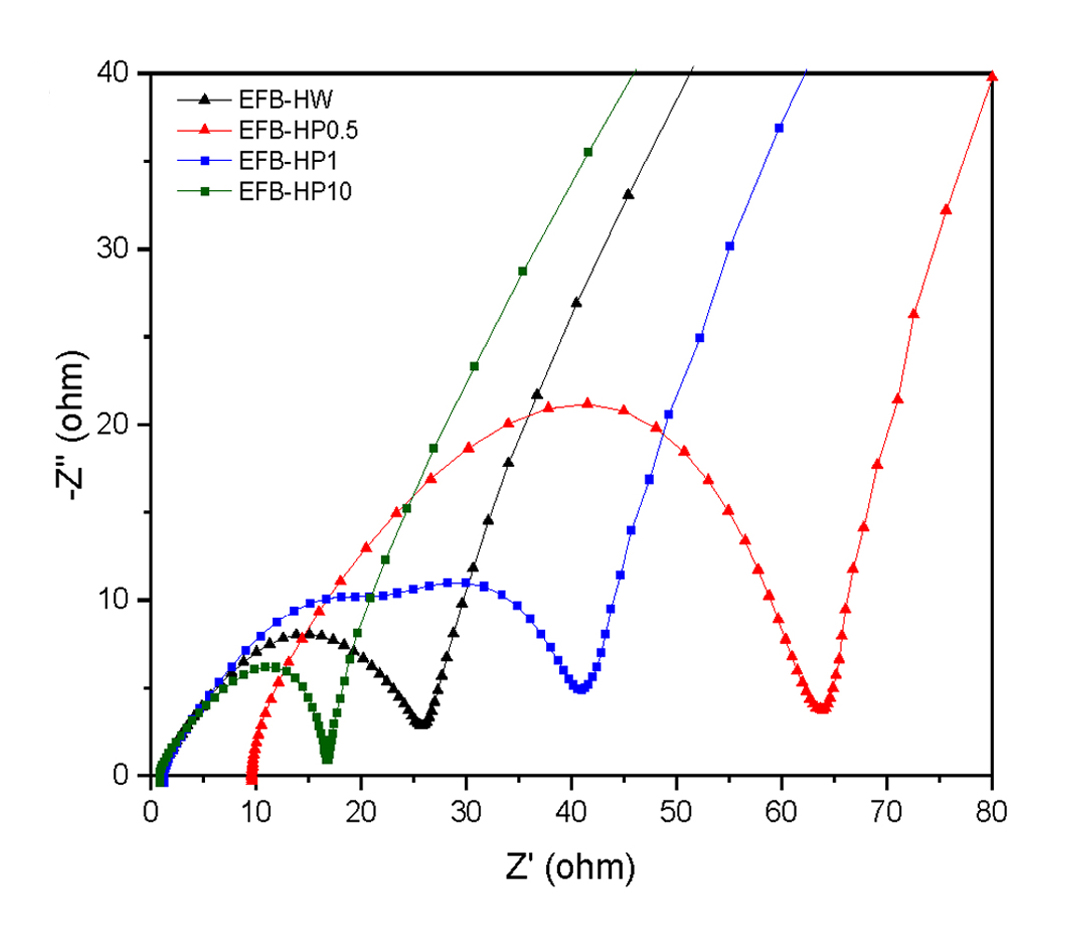Biobased Activated Carbon from Palm Biomass Enhancing with Acid Treatment as Supercapacitor Electrode Material
DOI:
https://doi.org/10.48048/siam.2024.67002Abstract
Current research on energy storage systems, batteries, and supercapacitor devices is aimed to enhance efficiency and improve environmental sustainability. Supercapacitors offer remarkable attributes such as high transient response and power density. Typically, supercapacitor electrode is made from highly porous carbon material, activated carbon. Commercial activated carbon could be produced from coal, peat, or coconut shell. This study focused on utilization of palm biomass, palm empty fruit bunch (EFB), as raw material to produce activated carbon electrode. The highly porous activated carbon from EFB was synthesized via a low-temperature hydrothermal process and chemical activation. The resulting EFB activated carbon demonstrates favorable characteristics in terms of elevated surface area and porosity. This research investigates the enhancement of activated carbon with acid treatment during hydrothermal process. Two types of acid, citric acid, and phosphoric acid, at different concentrations, were added to biomass. The acid-treated activated carbon from palm biomass was characterized for the specific surface area (BET), pore size distribution and pore volume using the N2 adsorption/desorption technique. The acid-treated activated carbon was fabricated into carbon electrodes and assembled in a symmetrical supercapacitor with 1M H2SO4 as an electrolyte. The supercapacitor performance of acid-treated activated carbon was tested in a symmetrical Swagelok cell to assess specific capacitance using cyclic voltammetry and galvanostatic charge-discharge methods. The acid-treated activated carbon has higher specific capacitance than the activated carbon without acid treatment. This superior performance is attributed to the reduced internal resistance as revealed by the Electrochemical Impedance Spectroscopy (EIS) result. This is possibly due to the formation of micropores in the range of 0.6−0.7 nm which is a suitable pore size for ion transportation in H2SO4 electrolytes. This research has shown that biobased activated carbon from palm oil biomass with acid treatment has a high potential to be used as supercapacitor electrode material.
Keywords: Activated carbon, Palm biomass, Hydrothermal, Energy storage, Supercapacitor






